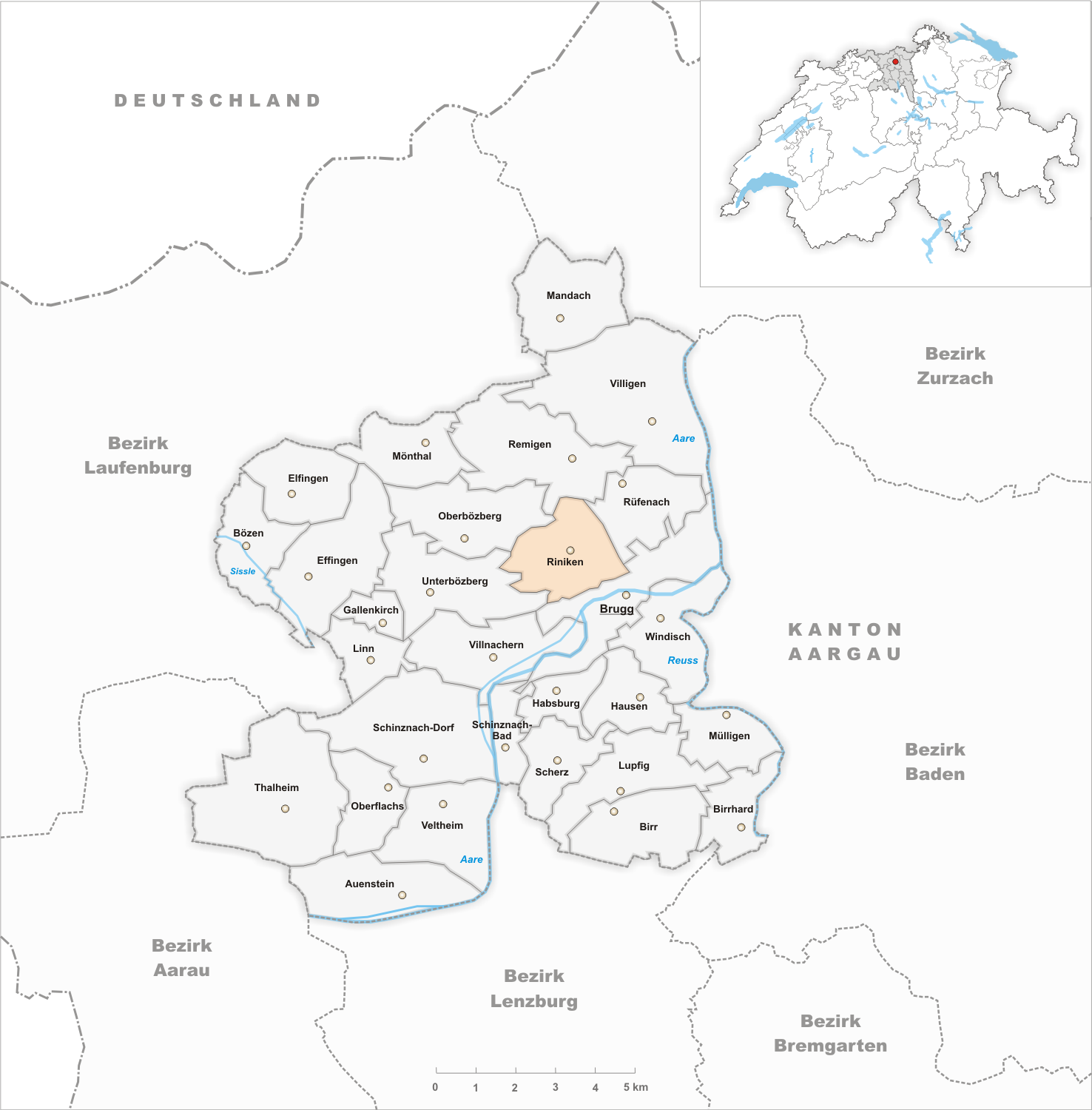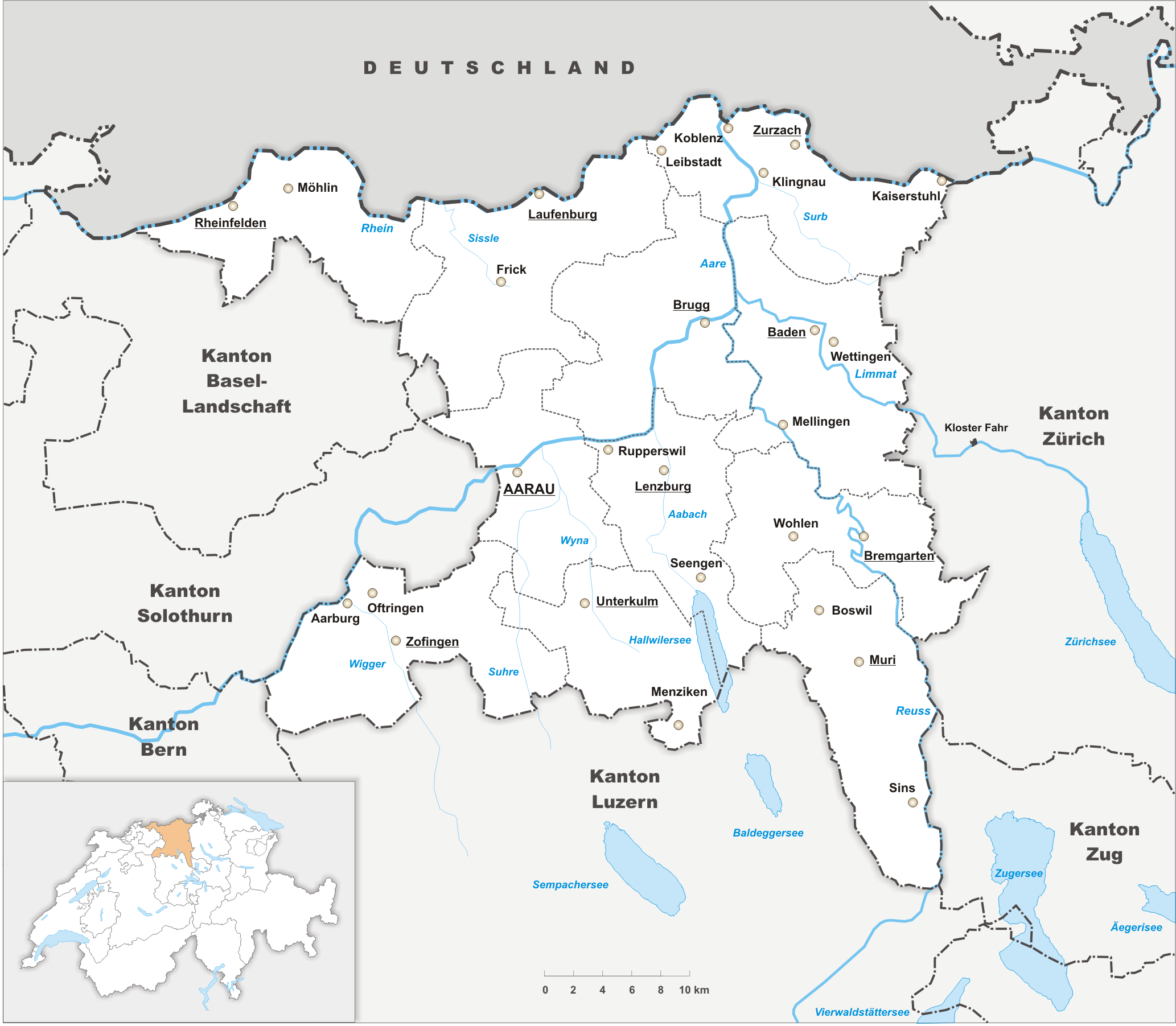|
Umiken
Umiken was a Municipalities of Switzerland, municipality in the district of Brugg (district), Brugg in the Cantons of Switzerland, canton of Aargau in Switzerland. On 1 January 2010 the municipality of Umiken merged into Brugg. Economy there was a total of 525 workers who lived in the municipality. Of these, 472 or about 89.9% of the residents worked outside Umiken while 45 people commuted into the municipality for work. There were a total of 98 jobs (of at least 6 hours per week) in the municipality. accessed 21 January 2010 References Former municipalities of Aargau Populated places disestablished in 2010 {{Aargau-geo-stub ...[...More Info...] [...Related Items...] OR: [Wikipedia] [Google] [Baidu] |
Brugg
Brugg (sometimes written as Brugg AG in order to distinguish it from other ''Brugg''s) is a Switzerland, Swiss Municipalities of Switzerland, municipality and a List of towns in Switzerland, town in the canton of Aargau and is the seat of the Brugg (district), district of the same name. The town is located at the confluence of the Aare, Reuss (river), Reuss, and Limmat, with the Aare flowing through its medieval part. It is located approximately from the cantonal capital of Aarau; from Zürich; and about from Basel. Brugg is the Swiss German term for bridge (). This is an allusion to the purpose of the medieval town's establishment under the Habsburgs, as the town is located at the narrowest point on the Aare in the Swiss plateau, Swiss midlands. The Habsburgs’ oldest known residence is located in the neighborhood of :de:Altenburg bei Brugg, Altenburg, which had previously been an independent community. Prior to their relocation to Austria, Brugg was the center of the Habsbur ... [...More Info...] [...Related Items...] OR: [Wikipedia] [Google] [Baidu] |
Riniken
Riniken is a municipality in the district of Brugg in the canton of Aargau in Switzerland. History While Iberg Castle was built in the 11th Century and abandoned in 1200, the village of Riniken is first mentioned in 1253 as ''Rinikon''. The rights to high justice were held by the Habsburgs until 1460, when the rights went to the bailiwick of Schenkenberg under the city of Bern. The low justice right was held, until 1406, by Königsfelden Abbey and after the Protestant Reformation those rights transferred to Bözberg. Religiously, Riniken belonged to the Umiken parish. In 1967 the village received a private cemetery, and in 1978 an ecumenical ecclesiastical center. Starting in 1712, there was a migration of villagers to Dättwil (now part of Baden), as agriculture offered very little money. There was never any industry in Riniken, but in 1960 about half of the workforce worked in the second sector. The recent population growth is mainly due to commuters who have moved in ... [...More Info...] [...Related Items...] OR: [Wikipedia] [Google] [Baidu] |
Brugg (district)
Brugg District is a district in the Canton of Aargau, Switzerland. The capital of the district is the town of Brugg, Switzerland, Brugg. Geography Brugg District has an area, , of . Of this area, 42.6% is used for agricultural purposes, while 41.3% is forested. The rest of the land, (14.1%) is settled. It is located around the rivers Aare and Reuss (river), Reuss. The northern part of the district, north of the Aare, lies in the Aargau part of the Jura mountains. Demographics Brugg District has a population () of 46,471.Statistical Department of Canton Aargau -Bereich 01 -Bevölkerung accessed 20 January 2010 , there were 1,635 homes with 1 or 2 persons in the household, 8,736 homes with 3 or 4 persons in the household, and 6,792 homes with 5 or more persons in the household. The average number of p ... [...More Info...] [...Related Items...] OR: [Wikipedia] [Google] [Baidu] |
Unterbözberg
Unterbözberg is a former Municipalities of Switzerland, municipality in the district of Brugg (district), Brugg in the Cantons of Switzerland, canton of Aargau in Switzerland. On 1 January 2013 the former municipalities of Gallenkirch, Linn, Switzerland, Linn, Oberbözberg and Unterbözberg merged to form the new municipality of Bözberg.Amtliches Gemeindeverzeichnis der Schweiz published by the Swiss Federal Statistical Office accessed 2 January 2013 History Unterbözberg is first mentioned in 1189 as ''Bozeberch''. Until 1873, the municipality was part of Bözberg, which split into Oberbözberg and Unterbözberg.Geography Unterbözberg had an area, , of . Of this area, o ...[...More Info...] [...Related Items...] OR: [Wikipedia] [Google] [Baidu] |
Villnachern
Villnachern is a Municipalities of Switzerland, municipality in the district of Brugg (district), Brugg in the Cantons of Switzerland, canton of Aargau in Switzerland. Geography Villnachern has an area, , of . Of this area, or 29.1% is used for agricultural purposes, while or 49.7% is forested. Of the rest of the land, or 12.5% is settled (buildings or roads), or 7.0% is either rivers or lakes and or 0.7% is unproductive land.Swiss Federal Statistical Office-Land Use Statistics 2009 data accessed 25 March 2010 Of the built up area, housing and buildings made up 7.8% and transportation infrastructure made up 4.2%. 46.9% of the total land area is heavily forested and 2.8% is covered with orchards or small clusters of trees. Of the agricultural la ... [...More Info...] [...Related Items...] OR: [Wikipedia] [Google] [Baidu] |
Municipalities Of Switzerland
Municipalities (, ' or '; ; ; ) are the lowest level of administrative division in Switzerland. Each municipality is part of one of the Swiss cantons, which form the Swiss Confederation. In most cantons, municipalities are also part of districts or other sub-cantonal administrative divisions. There are 2,121 municipalities . Their populations range between several hundred thousand (Zürich), and a few dozen people ( Kammersrohr, Bister), and their territory between 0.32 km² ( Rivaz) and 439 km² ( Scuol). History The beginnings of the modern municipality system date back to the Helvetic Republic. Under the Old Swiss Confederacy, citizenship was granted by each town and village to only residents. These citizens enjoyed access to community property and in some cases additional protection under the law. Additionally, the urban towns and the rural villages had differing rights and laws. The creation of a uniform Swiss citizenship, which applied equally for citizens of the ... [...More Info...] [...Related Items...] OR: [Wikipedia] [Google] [Baidu] |
Cantons Of Switzerland
The 26 cantons of Switzerland are the Federated state, member states of the Switzerland, Swiss Confederation. The nucleus of the Swiss Confederacy in the form of the first three confederate allies used to be referred to as the . Two important periods in the development of the Old Swiss Confederacy are summarized by the terms ('Eight Cantons'; from 1353 to 1481) and ('Thirteen Cantons', from 1513 to 1798).rendered "the 'confederacy of eight'" and "the 'Thirteen-Canton Confederation'", respectively, in: Each canton of the Old Swiss Confederacy, formerly also ('lieu/locality', from before 1450), or ('estate', from ), was a fully sovereignty, sovereign state with its own border controls, army, and currency from at least the Treaty of Westphalia (1648) until the establishment of the Swiss federal state in 1848, with a brief period of centralised government during the Helvetic Republic (1798–1803). The term has been widely used since the 19th century. "" The number of canton ... [...More Info...] [...Related Items...] OR: [Wikipedia] [Google] [Baidu] |
Aargau
Aargau ( ; ), more formally the Canton of Aargau (; ; ; ), is one of the Canton of Switzerland, 26 cantons forming the Switzerland, Swiss Confederation. It is composed of eleven districts and its capital is Aarau. Aargau is one of the most northerly cantons of Switzerland, by the lower course of the Aare River, which is why it is called ''Aar-Gau (country subdivision), gau'' ("Aare province"). It is one of the most densely populated regions of Switzerland. History Early history The area of Aargau and the surrounding areas were controlled by the Helvetians, a tribe of Celts, as far back as 200 BC. It was eventually occupied by the Roman Empire, Romans and then by the 6th century, the Franks. The Romans built a major settlement called Vindonissa, near the present location of Brugg. Medieval Aargau The reconstructed Old High German name of Aargau is ''Argowe'', first unambiguously attested (in the spelling ''Argue'') in 795. The term described a territory only loosely eq ... [...More Info...] [...Related Items...] OR: [Wikipedia] [Google] [Baidu] |
Switzerland
Switzerland, officially the Swiss Confederation, is a landlocked country located in west-central Europe. It is bordered by Italy to the south, France to the west, Germany to the north, and Austria and Liechtenstein to the east. Switzerland is geographically divided among the Swiss Plateau, the Swiss Alps, Alps and the Jura Mountains, Jura; the Alps occupy the greater part of the territory, whereas most of the country's Demographics of Switzerland, 9 million people are concentrated on the plateau, which hosts List of cities in Switzerland, its largest cities and economic centres, including Zurich, Geneva, and Lausanne. Switzerland is a federal republic composed of Cantons of Switzerland, 26 cantons, with federal authorities based in Bern. It has four main linguistic and cultural regions: German, French, Italian and Romansh language, Romansh. Although most Swiss are German-speaking, national identity is fairly cohesive, being rooted in a common historical background, shared ... [...More Info...] [...Related Items...] OR: [Wikipedia] [Google] [Baidu] |
Former Municipalities Of Aargau
A former is an object, such as a template, gauge or cutting die, which is used to form something such as a boat's hull. Typically, a former gives shape to a structure that may have complex curvature. A former may become an integral part of the finished structure, as in an aircraft fuselage, or it may be removable, being used in the construction process and then discarded or re-used. Aircraft formers Formers are used in the construction of aircraft fuselage, of which a typical fuselage has a series from the nose cone to the empennage, typically perpendicular to the longitudinal axis of the aircraft. The primary purpose of formers is to establish the shape of the fuselage and reduce the column length of stringers to prevent instability. Formers are typically attached to longerons, which support the skin of the aircraft. The "former-and-longeron" technique (also called stations and stringers) was adopted from boat construction, and was typical of light aircraft built until th ... [...More Info...] [...Related Items...] OR: [Wikipedia] [Google] [Baidu] |





